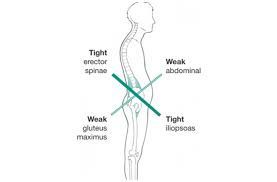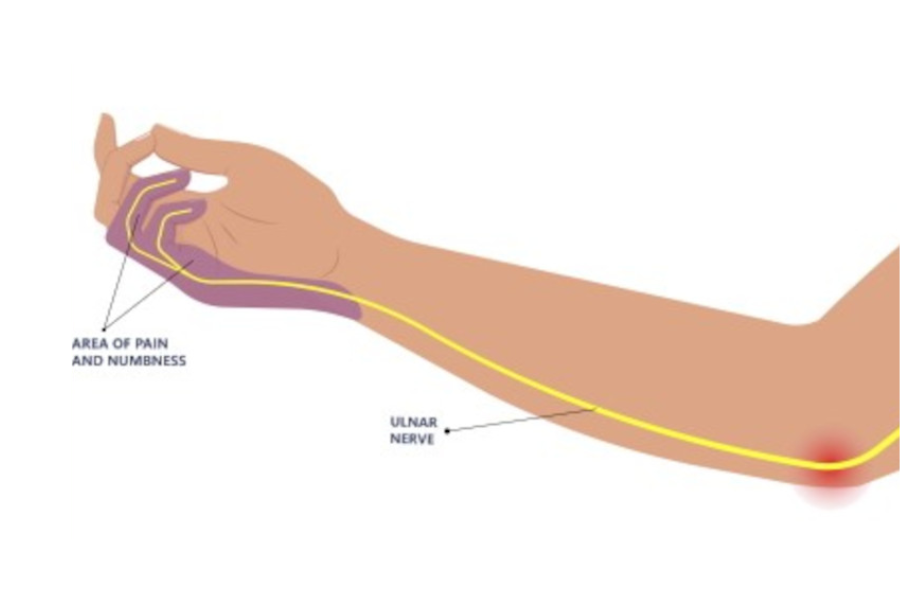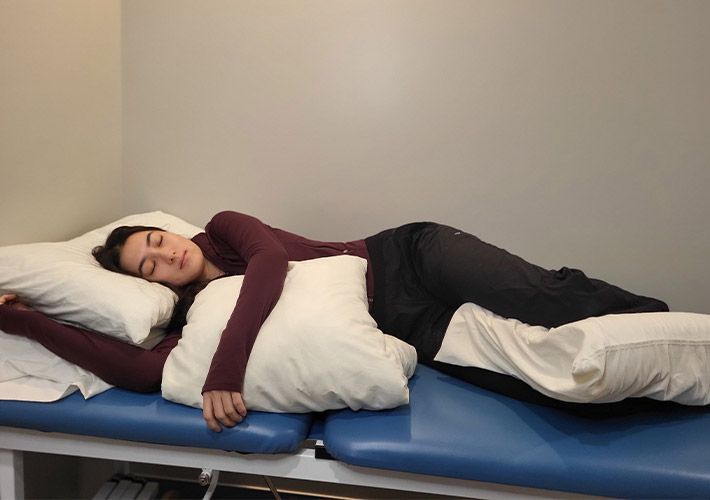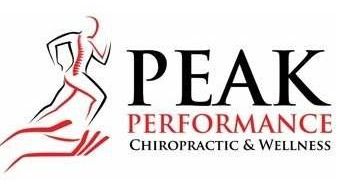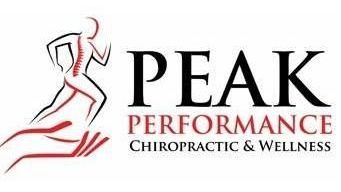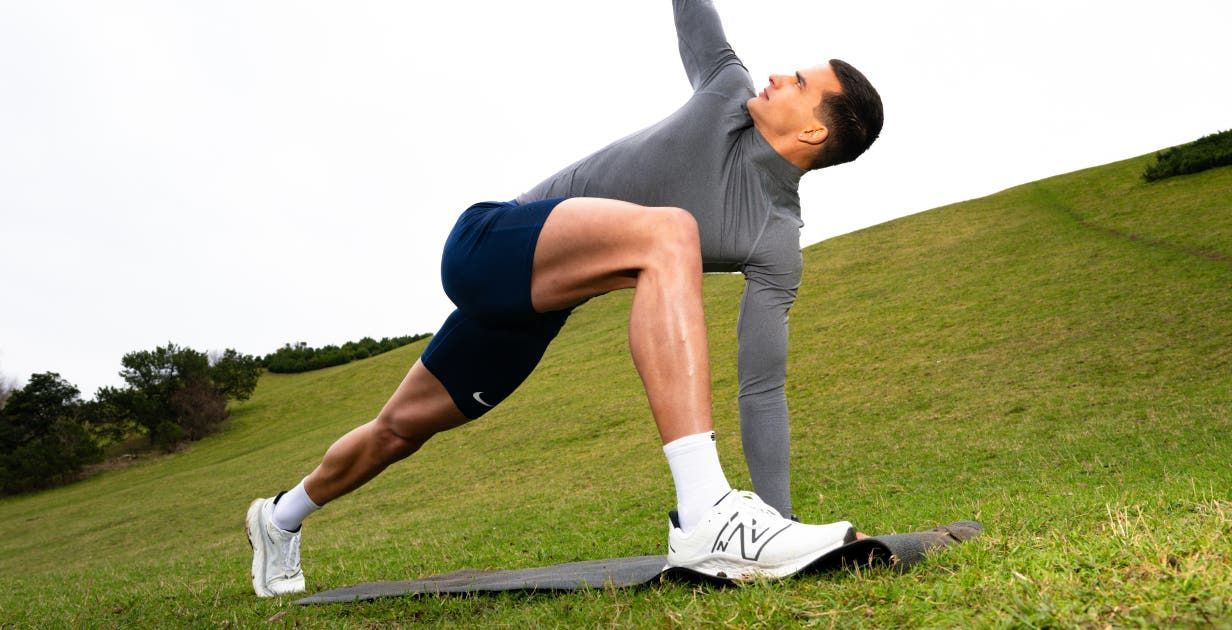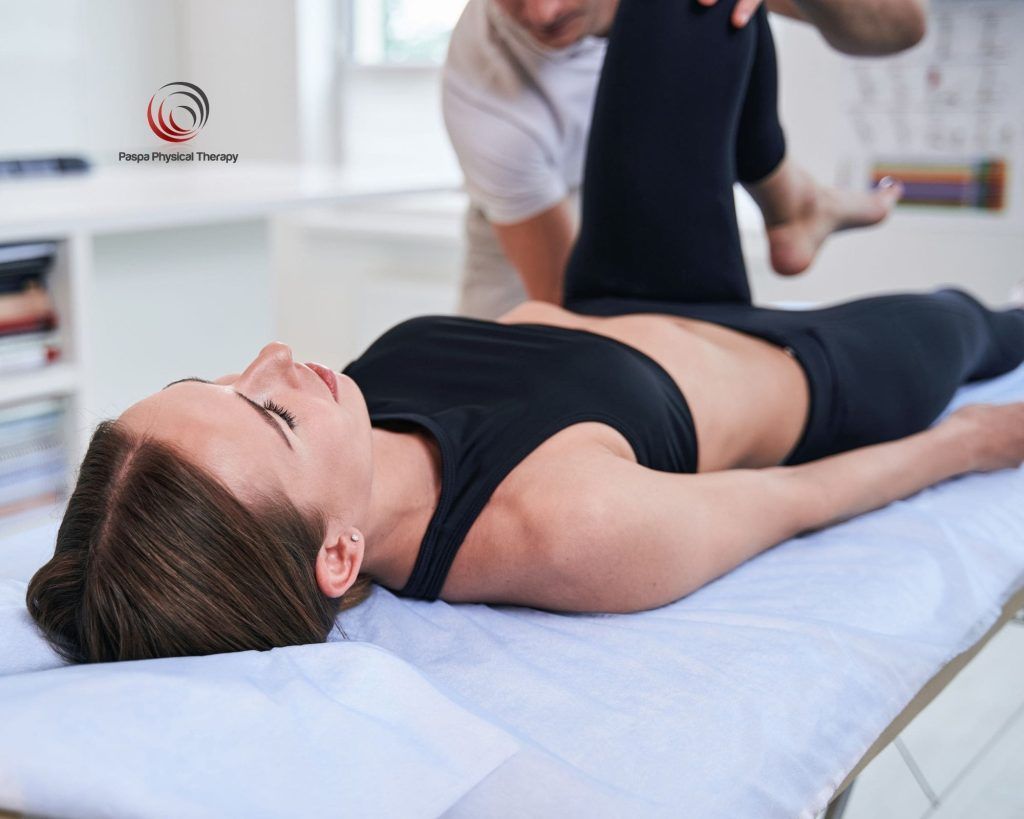Piriformis Syndrome: What It Is, How It Happens, and How to Keep It at Bay
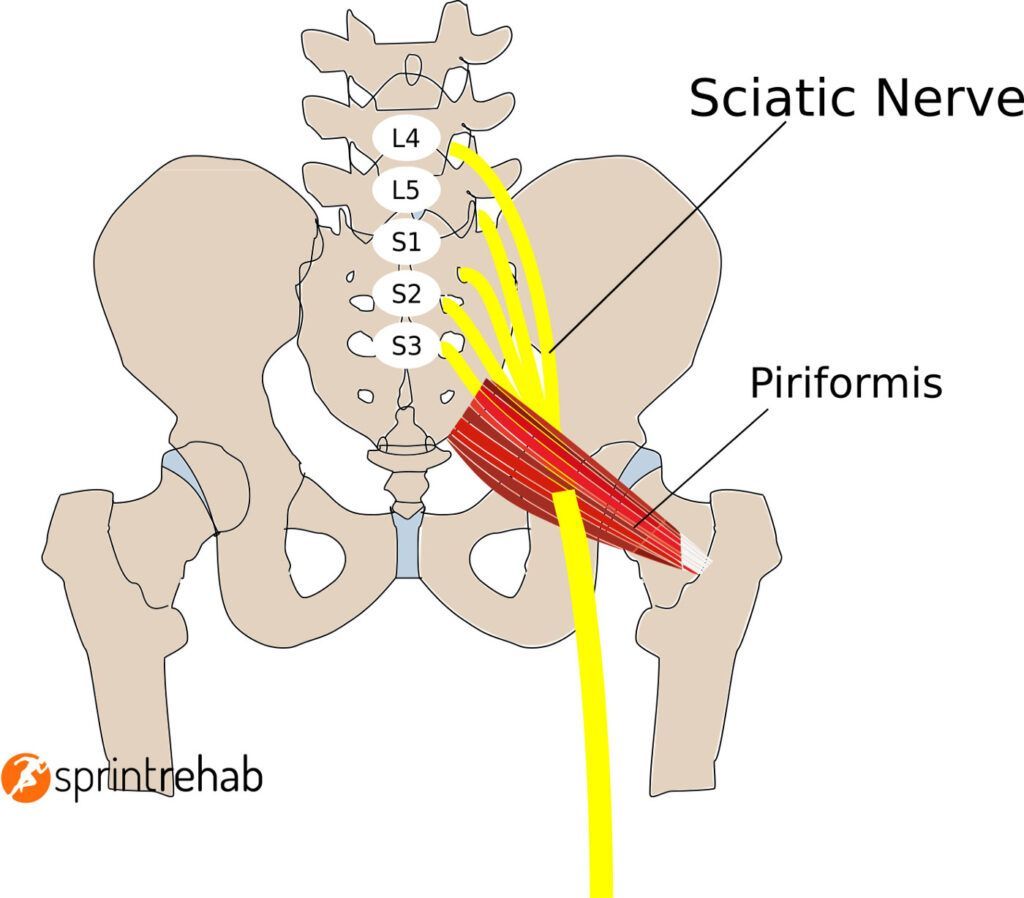
What Is Piriformis Syndrome?
Piriformis syndrome occurs when the piriformis muscle—a small but mighty muscle located deep in your glutes—compresses or irritates the sciatic nerve. This can lead to buttock pain, tingling, or even numbness that travels down the back of the leg. Some people mistake it for sciatica, and while the symptoms overlap, the root cause is different.
Your piriformis muscle plays a key role in stabilizing your pelvis and helping you rotate your hip. When it’s unhappy, it lets you know loud and clear. Whether you’re an athlete, a desk jockey, or somewhere in between, no one is immune to the woes of piriformis syndrome.
How Does Piriformis Syndrome Happen?
Piriformis syndrome has a variety of causes, and it doesn’t discriminate:
- Overuse or repetitive motions: Activities like running, cycling, or even long walks can overwork the piriformis muscle.
- Prolonged sitting: Desk jobs and long commutes can lead to tightness in the glutes and hips.
- Trauma: A fall or a direct blow to the area can irritate the muscle and nerve.
- Biomechanical issues: Things like poor posture, leg-length discrepancies, or weak supporting muscles can contribute to dysfunction.
In short, anything that irritates or inflames the piriformis muscle or the nearby sciatic nerve can set the stage for piriformis syndrome.tment as enjoyable as possible.
How to Treat Piriformis Syndrome
Thankfully, piriformis syndrome is treatable, and there are a variety of approaches to get you back on your feet—or butt—comfortably. Here are the most effective treatments:
1. Chiropractic Care
At Peak Performance, our chiropractors specialize in addressing the root causes of pain. For piriformis syndrome, this might include adjustments to the pelvis or lower back to improve alignment and reduce nerve irritation. Chiropractic care can also help identify and address biomechanical imbalances that might be contributing to your discomfort.
2. Massage Therapy
Deep tissue massage, trigger point therapy, or even stretching techniques can work wonders for releasing tightness in the piriformis muscle. Our licensed massage therapists are skilled at targeting the specific areas causing pain and improving blood flow to promote healing.
3. Physical Therapy and Stretching
Stretching and strengthening exercises are crucial for recovery. Focus on stretches that target the piriformis muscle, like the figure-four stretch, and strengthen surrounding muscles to provide better support for your hips and pelvis.
4. Heat and Ice Therapy
Alternating between heat and ice can help reduce inflammation and relax the muscle. Apply ice for 15-20 minutes to ease acute pain and heat to soothe tightness.
5. Lifestyle Modifications
Making adjustments like improving your posture, taking regular breaks from sitting, and incorporating dynamic movements into your daily routine can prevent future flare-ups.
How to Prevent Piriformis Syndrome
The best offense is a good defense, and preventing piriformis syndrome is all about maintaining a healthy, balanced lifestyle. Here are some tips to keep your piriformis muscle happy:
- Stretch Regularly: Incorporate hip and glute stretches into your daily routine.
- Strengthen Your Core and Hips: Exercises like bridges, clamshells, and planks can help stabilize your pelvis and reduce strain on the piriformis muscle.
- Improve Your Posture: Whether you’re working at a desk or binge-watching your favorite show, sit with your back straight and feet flat on the floor.
- Use Proper Form During Exercise: Pay attention to your mechanics during physical activity to avoid overloading the piriformis muscle.
- Stay Active: Movement is medicine! Even a short walk can help prevent stiffness and keep your muscles flexible.
Why Choose Peak Performance in Buffalo, NY?
If you’re dealing with piriformis syndrome or want to take steps to prevent it, Peak Performance is here to help. Our evidence-based chiropractic and massage care services are tailored to meet your unique needs. We take the time to understand your lifestyle, identify the root cause of your pain, and create a personalized plan to get you back to feeling your best.
As Buffalo locals, we know the challenges that come with staying active during those long winters or recovering from a summer packed with outdoor activities. Let us help you keep moving and grooving all year round.
Don’t Let Piriformis Syndrome Slow You Down
Piriformis syndrome might be a pain in the butt—literally—but it doesn’t have to keep you sidelined. Whether you’re an avid runner, a busy parent, or someone who just wants to sit without wincing, there are plenty of treatment options to get you back to living your life pain-free.
If you’re in Buffalo, NY, and looking for expert care, contact Peak Performance today. Our team of chiropractors and massage therapists is ready to help you tackle piriformis syndrome head-on. Let’s get you back to doing what you love—without the pain.
Bethany Wolcott
D’Youville Chiropractic ‘26


